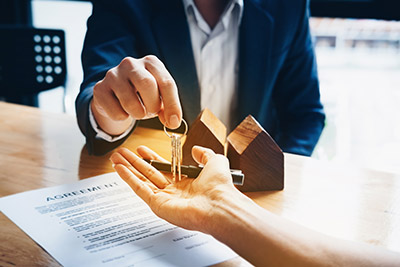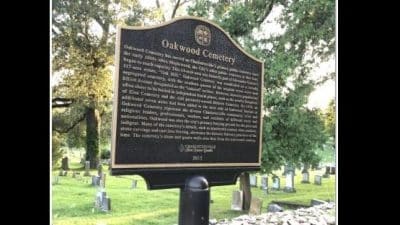
The legal and administrative procedure of safely transferring ownership of a home from one person to another is known as conveyancing.
We’ll do our best to explain everything so that your relocation and ownership passes from the seller to the buyer. Everyone participating in the transaction should have a fundamental understanding of how it works. Every house conveyancing procedure follows seven basic steps, which are detailed here.
How does a house conveyancing work?
Step 1: Find a conveyancing solicitor and start the process.
Find a conveyancer such as AVRillo and explain what you want to do so that they will take care of the remaining process and guide you throughout.
Step 2: Requests for information and conveyancing searches
The sellers’ solicitors will obtain the certificate of ownership (title deeds) as well as a large amount of data from their Building Society, Bank, or the Land Registry at this stage. They’ll next draft a contract for the property’s sale and offer information to the buyers’ solicitors, such as proof of title, a list of contents to be included in the sale, and a range of other concerns like boundaries, neighbours, planning, and rights of way.
Step 3: House survey and securing a mortgage
Around half of all homebuyers require a mortgage to purchase a home. Depending on pricing values and credit restrictions, this can go up or down. Make sure you have enough money set aside to pay off your mortgage and that you have adequate insurance in case your circumstances change. They specialize in conveyancing, so they won’t provide financial advice. For impartial financial counsel, contact the IFA.
Step 4: Contract signature
This is the contract that binds the seller and the buyer and is signed at the time of the contract exchange. It specifies the conditions of the agreement, such as the property, the price, and the parties’ names. It also addresses what to do if something goes wrong with the process. The parties do not need to meet in order to sign the same contract.
Step 5: Contract exchange
The seller’s solicitor produces two copies of the identical contract, with each party signing their own copy, and the contracts are exchanged by phone between the respective lawyers, at which time the completion date is entered in the contract and the deposit is handed to the seller’s solicitors.
Step 6: Completion – At this point, you’ve reached the end of the process.
The completion date is the legal date on which the seller vacates the property, and the buyer takes possession. The contract specifies the time by which the seller must evacuate the property on the completion date. It’s usually around 1 or 2 p.m. The seller can sue the buyer for breach of contract if the seller does not move out by the completion time on the completion date.
Step 7: After completion – When everything is finished
After the completion date, post-completion work is done. It entails applying for and obtaining all necessary documents, as well as ensuring that they are processed and registered.
On a purchase, the buyer must pay Stamp Duty, acquire the Certificate, and file an AP1 Land Registration application to guarantee that the buyer is registered as the new owner on the deeds, all within the priority time to avoid fraud risk.
If there is a lease plus a mortgage, there are additional actions that must be taken to safeguard the buyer. New deeds must be gathered. Depending on whether there is a lender, different work is necessary on a sale, such as paying off the mortgage, waiting for a certificate of discharge, and lodging this with the buyer.










